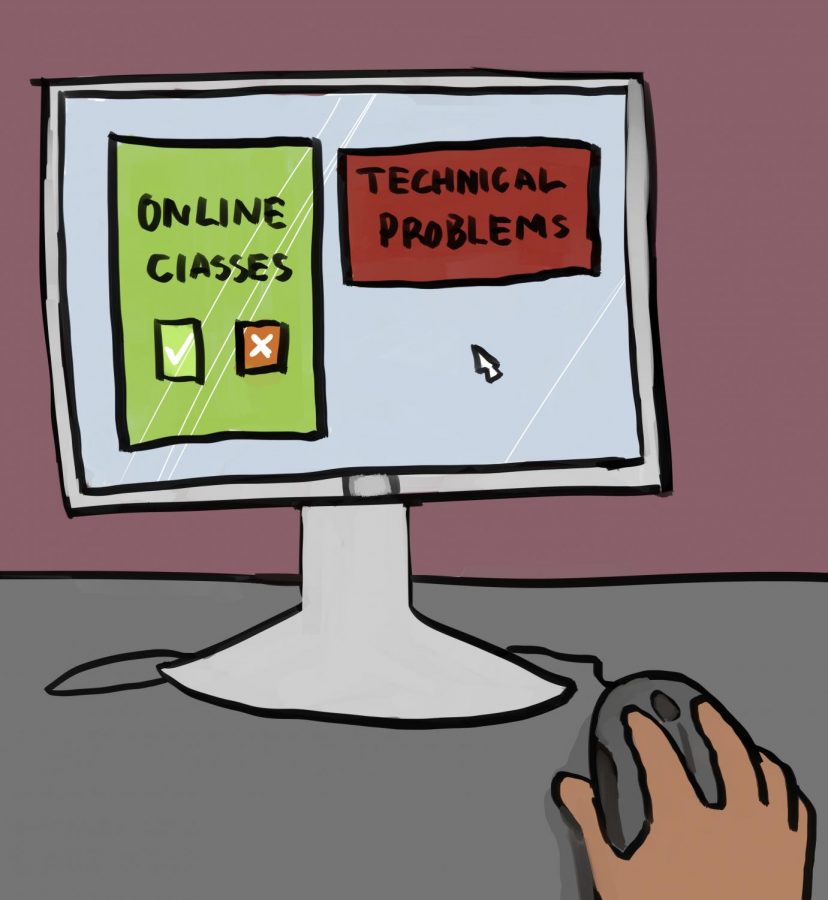OPINION: Access to online classes is not equal
Many low-income students are struggling with the ‘new normal’ of online classes
We need to find solutions to allow every student have access to online classes.
June 10, 2020
As COVID-19 continues to push classes online, students are forced to make hard decisions regarding their education. The divide between people with internet access and those without is becoming more apparent. Some students even dropped out because they can’t continue their education.
In response to these difficulties, some schools are relaxing graduation requirements. Some are tackling the problem by offering free WiFi hot spots and computers to students in need. Others, though, aren’t providing the tools their students need.
Tycho Honeywell, junior at Pullman High School, said he doesn’t know what his school is doing to help students in need, but he is concerned for those without internet access because of how grading is being done.
Honeywell said 50 percent of the total classwork needs to be completed in order to avoid an incomplete, which is a new concept for high schoolers.
This is a common problem across the world, and there isn’t a perfect solution. However, schools need to address their community’s needs in order to be effective educators. Many solutions are forcing high school and college students to fall behind in their education.
Tegan Rosso, graduating senior at Indiana University High School, an online college prep school, has been doing online school for four years. She began online schooling during her freshman year and because of the difficulties that come with it, she is graduating a year behind her peers.
While she may not have been forced online, she said her struggles mirror the students who were.
“I sympathize greatly with those who are going through this,” Rosso said. “If I can be incredibly honest though, a small part of me is a bit resentful because I spoke about my struggles of motivation and focus and the difficulties of getting help outside of the assigned reading for so long. All people had to say for me was ‘You just have to stay motivated.’”
Rosso said she knows that motivation is hard, but it would have been useful to have the support everyone is giving her right now when she started online schooling four years ago.
She said she hopes that as classes move back in-person, students who remain online will continue to have the support and access to resources as they do now.
As schools begin to plan for fall, it’s necessary for them to find ways to provide for the students who don’t have the same access as their peers.
Many internet companies are waiving fees or offering loan programs to help those in need. However, because low-income individuals often have debts with those companies, they don’t qualify for the program. This makes the programs leave behind those they were designed for.
Companies will need to have debt forgiveness policies or families and students will search for help elsewhere, leaving them further behind in their work and studies.
While schools and companies are trying to find ways to tackle internet access problems, students are left behind and frustrated. The question, though, still remains: How do we effectively provide access for those who don’t have it?










